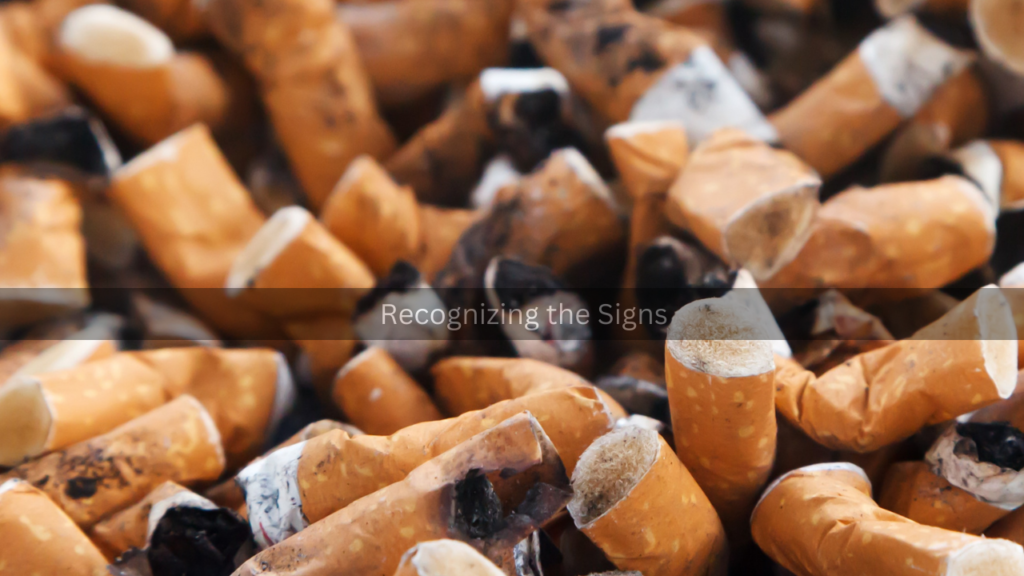
Substance abuse is a devastating condition that not only wreaks havoc on the body and mind but also manifests in striking physical changes. The haggard face of substance abuse is one of the most visible signs of addiction, offering a glimpse into the profound effects drugs and alcohol can have on an individual’s health and appearance. Recognizing these signs is crucial, not only for the individual suffering from substance abuse but also for those around them who might be in a position to offer help.
Physical Changes and Facial Degradation
One of the most telling signs of substance abuse is the rapid aging and degradation of facial features. Individuals who abuse substances often exhibit a pale, ashen complexion, marked by dark circles under their eyes, sunken cheeks, and a generally gaunt appearance. These changes occur due to a combination of factors, including dehydration, poor nutrition, and the toxic effects of substances on the body.
Dehydration is a common issue among those who abuse drugs and alcohol. Many substances, particularly alcohol and stimulants like cocaine or methamphetamine, cause the body to lose fluids rapidly. This leads to dry, flaky skin and exacerbates the appearance of wrinkles and fine lines. The lack of proper hydration, combined with poor dietary habits, robs the skin of its natural elasticity and glow, making the face appear worn and aged beyond the individual’s years.
The Impact of Toxins on Skin and Hair
The toxins in drugs and alcohol also contribute to the haggard appearance associated with substance abuse. These substances can cause severe damage to the skin, leading to issues such as acne, sores, and infections. For instance, methamphetamine is notorious for causing “meth mouth,” a condition characterized by severe tooth decay and gum disease, as well as open sores on the face, often due to excessive scratching or picking at the skin. This results in a visage that is not only aged but also scarred and marred by blemishes.
Hair health also suffers significantly under the strain of substance abuse. Drug use can lead to thinning hair, bald patches, and an overall dull, lifeless appearance. This is often due to a combination of malnutrition, hormonal imbalances, and the direct toxic effects of the substances themselves.
Psychological and Social Consequences
Beyond the physical toll, the haggard face of substance abuse also reflects the psychological and social decline that often accompanies addiction. The visible deterioration of one’s appearance can lead to feelings of shame, low self-esteem, and social isolation. This can create a vicious cycle, where the individual continues to abuse substances to cope with the emotional pain, further exacerbating the physical and psychological damage.
Socially, the changes in appearance can lead to strained relationships with family, friends, and coworkers. People may become concerned or even alarmed by the noticeable changes, which can result in interventions or, in some cases, social ostracization. The stigma associated with the physical signs of substance abuse can be incredibly damaging, often leading the individual further into the depths of their addiction.
Conclusion
Recognizing the signs of substance abuse, particularly the physical changes that manifest in the face, is essential for early intervention and support. The haggard face of substance abuse is more than just a superficial change; it is a visible indicator of the severe and life-threatening consequences of addiction. By understanding these signs, we can better support those struggling with substance abuse and help them find the treatment and care they need to reclaim their lives.